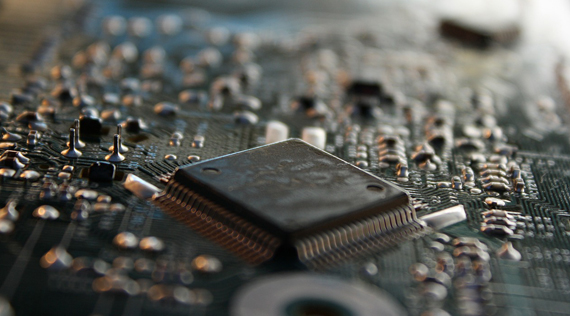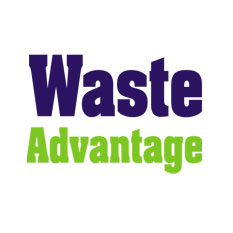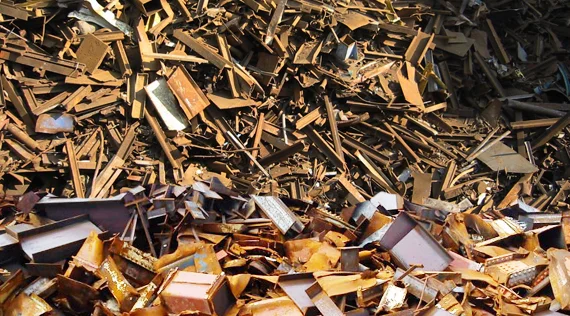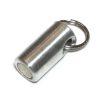$10bn of Precious Metals Dumped Each Year in Electronic Waste, Says UN
E-waste Recycling | 2020-07-06 00:17:22
E-waste contains materials including copper, iron, gold, silver and platinum, which the report gives a conservative value of $57bn.

SEATTLE (Waste Advantage): At least $10bn worth of gold, platinum and other precious metals are dumped every year in the growing mountain of electronic waste that is polluting the planet, according to a new UN report. A record 54m tons of “e-waste” was generated worldwide in 2019, up 21% in five years, the UN’s Global E-waste Monitor report found. The 2019 figure is equivalent to 7.3kg for every man, woman and child on Earth, though use is concentrated in richer nations. The amount of e-waste is rising three times faster than the world’s population, and only 17% of it was recycled in 2019.
Electronic and electrical goods, from phones and computers to refrigerators and kettles, have become indispensable in modern societies and enhance lives. But they often contain toxic chemicals, and soaring production and waste damages human health and the environment, and fuels the climate crisis. The report blames lack of regulation and the short lifespan of products that are hard or impossible to repair. Experts called the situation a “wholly preventable global scandal”.
People in northern Europe produced the most e-waste – 22.4kg per person in 2019. The amount was half as much in eastern Europe. Australians and New Zealanders disposed of 21.3kg per person, while in the US and Canada the figure was 20.9kg. Averages across Asia and Africa were much lower, at 5.6kg and 2.5kg per person respectively.
E-waste contains materials including copper, iron, gold, silver and platinum, which the report gives a conservative value of $57bn. But most are dumped or burned rather than being collected for recycling. Precious metals in waste are estimated to be worth $14bn, but only $4bn-worth is recovered at the moment.
Europe had the highest recycling rate in 2019, at 42%, with Asia second at 12%. But across North and South America, and Oceania, the rate was 9% and in Africa it was 0.9%. In low- and middle-income countries, some e-waste is recycled but usually by unsafe practices, such as burning circuit boards to recover copper. This releases highly toxic metals such as mercury, lead and cadmium, “causing severe health effects to workers as well as to the children who often live and play near e-waste activities,” the report said.
It estimated that 50 tonnes of mercury from monitors, energy-saving light bulbs and other e-waste is dumped each year. Furthermore, gases released from discarded fridges and air-conditioning units were equivalent to 98m tonnes of atmospheric carbon dioxide in 2019, close to the national emissions of Belgium. “E-waste is a very big problem because the amount is growing at a very rapid pace each year, and the level of recycling is just not keeping up pace,” said Kees Baldé at the UN University, based in Bonn, and an author of report. “It’s important to put a price on the pollution – at the moment it is simply free to pollute.”
Courtesy: www.wasteadvantage.com
 By
By 



